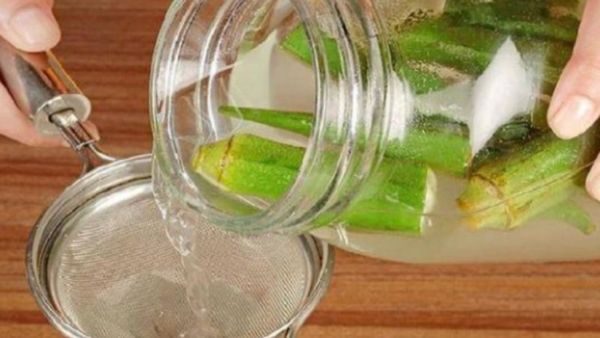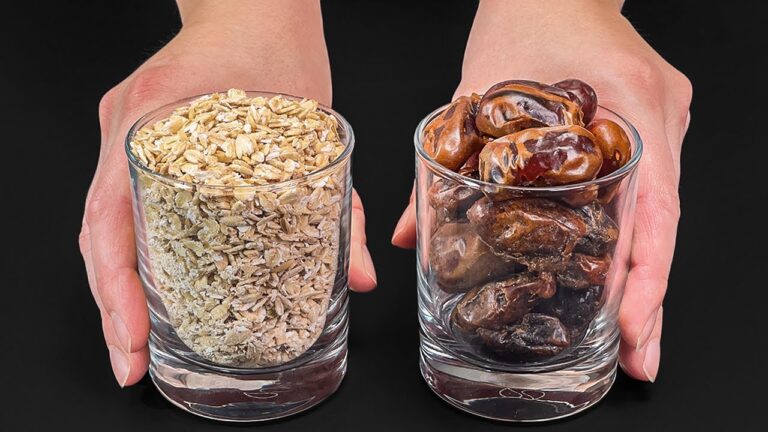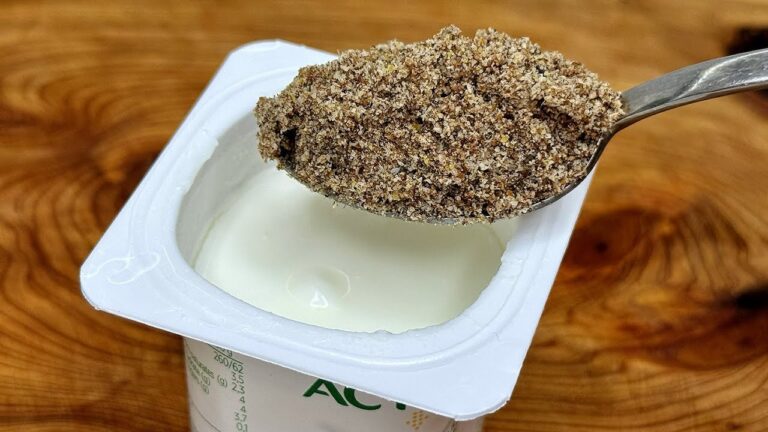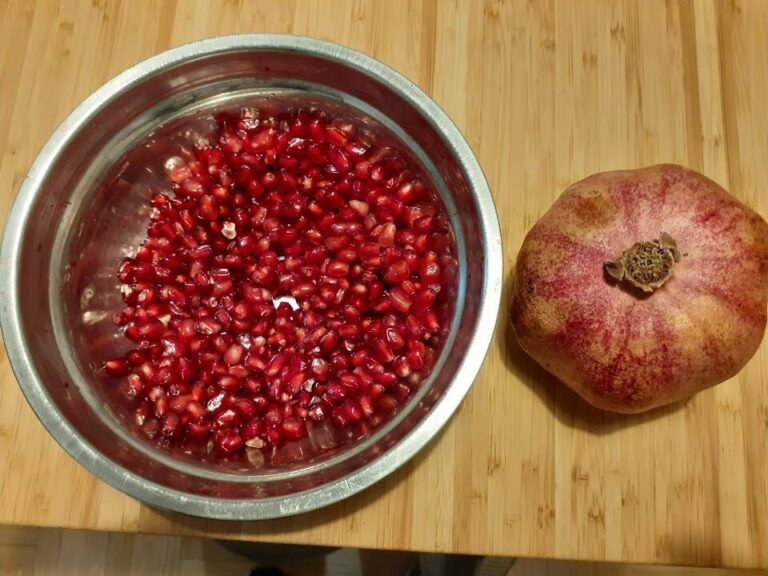Dates are a powerhouse of nutrition, and adding just two of these sweet fruits to your daily diet for 30 days can lead to remarkable health benefits. Packed with essential vitamins, minerals, and fiber, dates offer a wide range of positive effects on your body. Let’s take a look at what happens when you start eating two dates a day!
1. Improved Digestive Health
Dates are an excellent source of dietary fiber, which promotes healthy digestion. If you’re dealing with constipation or irregular bowel movements, two dates a day can help regulate your digestive system. The fiber in dates adds bulk to the stool and facilitates smooth bowel movements, helping you feel more comfortable and reducing bloating.
2. Boosted Energy Levels
Dates are rich in natural sugars like glucose, fructose, and sucrose, providing a quick and sustained energy boost. If you’re feeling sluggish in the afternoon or need a pre-workout snack, eating two dates can give you the energy you need to power through your day. Their high carbohydrate content makes them a great natural energy source without causing a sugar crash.
3. Enhanced Heart Health
Dates are packed with potassium, a vital mineral that supports heart health by helping regulate blood pressure. Potassium works to counteract the effects of sodium in the body, keeping blood pressure levels balanced. Eating two dates a day for 30 days can contribute to a healthier heart by lowering the risk of hypertension and improving circulation.
4. Better Brain Function
Dates are rich in antioxidants and contain compounds that may help reduce inflammation in the brain. Regular consumption of dates can support cognitive health and help protect against neurodegenerative diseases like Alzheimer’s. The nutrients in dates, particularly vitamin B6, also promote better brain function and mental clarity.
5. Strengthened Immune System
Dates are a great source of essential vitamins and minerals like vitamin C, vitamin B6, magnesium, and iron, all of which play a role in supporting your immune system. By eating two dates a day, you provide your body with the nutrients it needs to fight off infections, illnesses, and inflammation.
6. Improved Bone Health
Dates contain minerals such as calcium, phosphorus, and magnesium, all of which are crucial for maintaining strong and healthy bones. Incorporating dates into your diet can help reduce the risk of osteoporosis and keep your bones healthy as you age.
7. Stabilized Blood Sugar
Despite their sweetness, dates have a low glycemic index, meaning they don’t cause a rapid spike in blood sugar levels. Eating two dates a day can satisfy your sweet tooth while helping you maintain stable blood sugar levels, making them a great snack for those watching their glucose levels.
Conclusion
After 30 days of eating two dates a day, you’re likely to experience improved digestion, enhanced energy levels, and better overall health. From heart health to immune support, dates offer a wide range of benefits that make them a great addition to your daily routine. Enjoy these natural, nutrient-packed fruits and feel the positive changes in your body!














